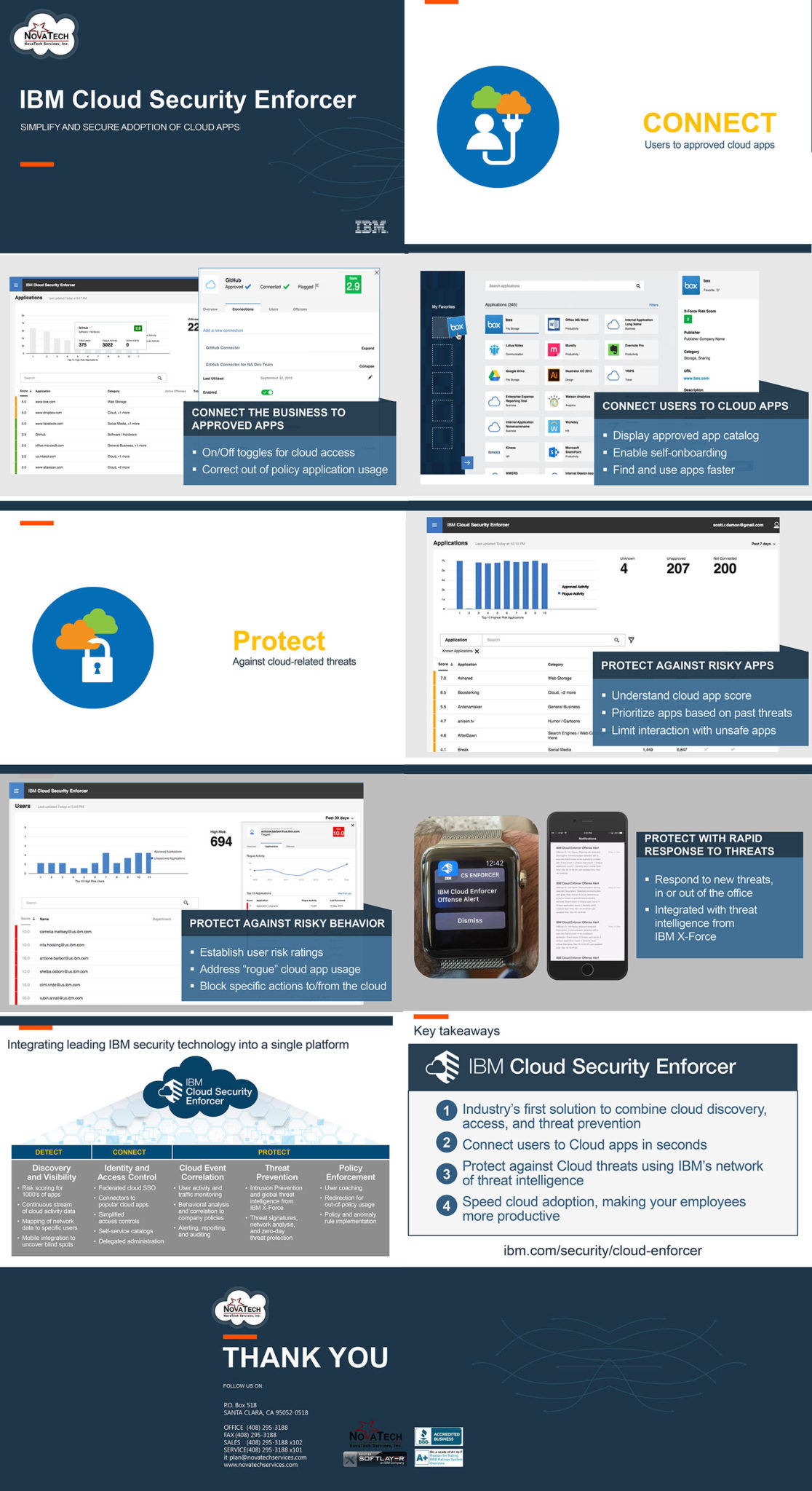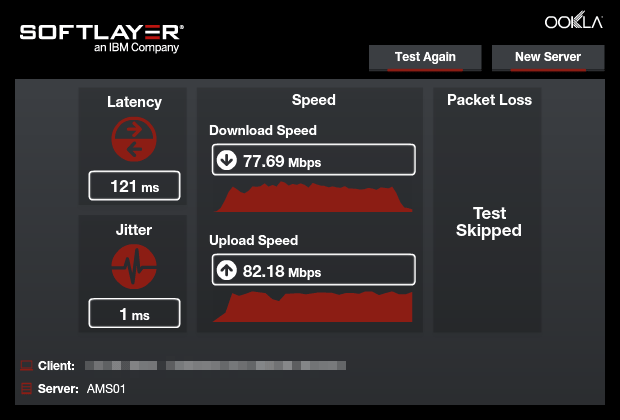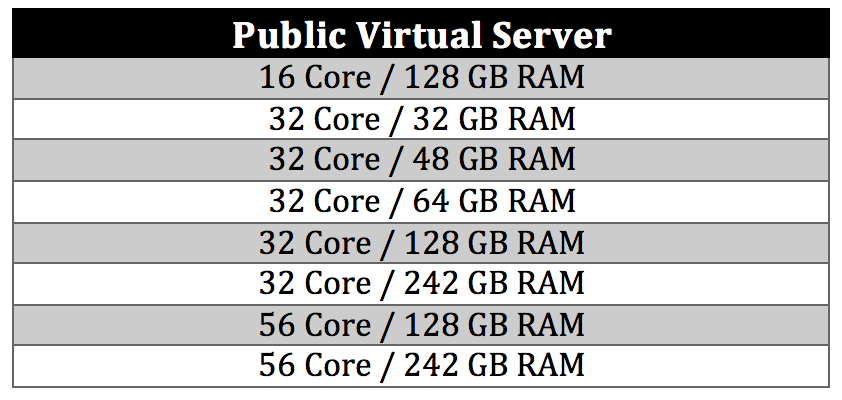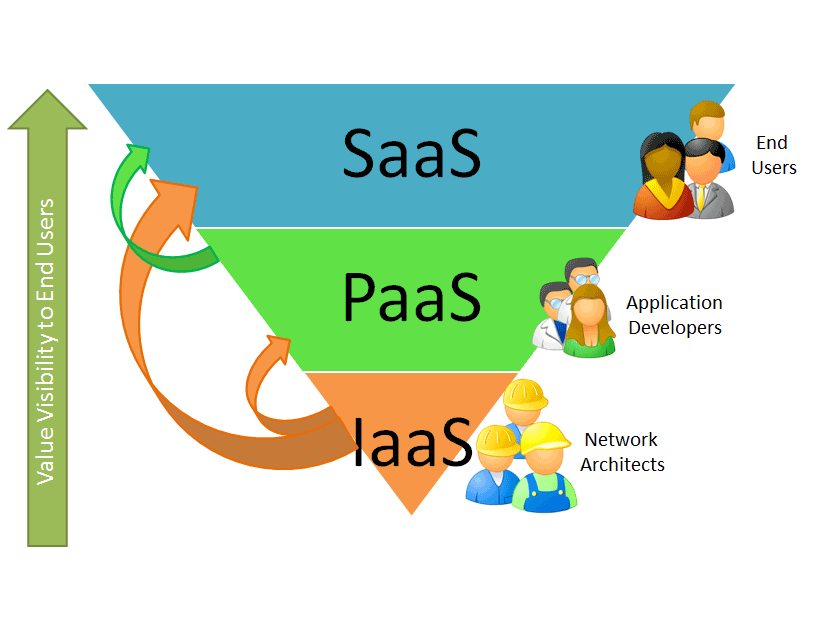Connect User to approved cloud apps



If top-tier cloud providers use similar network hardware in their data centers and connect to the same transit and peering bandwidth providers, how can SoftLayer claim to provide the best network performance in the cloud computing industry?
Over the years, I’ve heard variations of that question asked dozens of times, and it’s fairly easy to answer with impressive facts and figures. All SoftLayer data centers and network points of presence (PoPs) are connected to our unique global network backbone, which carries public, private, and management traffic to and from servers. Using our network connectivity table, some back-of-the-envelope calculations reveal that we have more than 2,500Gbps of bandwidth connectivity with some of the largest transit and peering bandwidth providers in the world (and that total doesn’t even include the private peering relationships we have with other providers in various regional markets). Additionally, customers may order servers with up to 10Gbps network ports in our data centers.
For the most part, those stats explain our differentiation, but part of the bigger network performance story is still missing, and to a certain extent it has been untold—until today.
The 2,500+Gbps of bandwidth connectivity we break out in the network connectivity table only accounts for the on-ramps and off-ramps of our network. Our global network backbone is actually made up of an additional 2,600+Gbps of bandwidth connectivity … and all of that backbone connectivity transports SoftLayer-related traffic.
This robust network architecture streamlines the access to and delivery of data on SoftLayer servers. When you access a SoftLayer server, the network is designed to bring you onto our global backbone as quickly as possible at one of our network PoPs, and when you’re on our global backbone, you’ll experience fewer hops (and a more direct route that we control). When one of your users requests data from your SoftLayer server, that data travels across the global backbone to the nearest network PoP, where it is handed off to another provider to carry the data the “last mile.”
With this controlled environment, I decided to undertake an impromptu science experiment to demonstrate how location and physical distance affect network performance in the cloud.
Source : http://blog.softlayer.com/2015/importance-datas-physical-location-cloud

IBM and VMware’s agreement (announced in February) enables enterprise customers to extend their existing on-premises workloads to the cloud—specifically, the IBM Cloud. Customers can now leverage VMware technologies with IBM’s worldwide cloud data centers, giving them the power to scale globally without incurring CAPEX and reducing security risks.
So what does this mean to customers’ VMware administrators? They can quickly realize cost-effective hybrid cloud characteristics by deploying into SoftLayer’s enterprise-grade global cloud platform (VMware@SoftLayer). One of these characteristics is that vSphere workloads and catalogs can be provisioned onto VMware vSphere environments within SoftLayer’s data centers without modification to VMware VMs or guests. The use of a common vSphere hypervisor and management/orchestration platform make these deployments possible.
vSphere implementations on SoftLayer also enable utilization of other components. Table 1 contains a list of VMware products that are now available for ordering through the SoftLayer customer portal. Note that prices are subject to change. Visit VMware Solutions for the most current pricing.
Source : http://blog.softlayer.com/2016/streamlining-vmware-licenses-ordering-process
The GPU was invented by NVIDIA back in 1999 as a way to quickly render computer graphics by offloading the computational burden from the CPU. A great deal has happened since then—GPUs are now enablers for leading edge deep learning, scientific research, design, and “fast data” querying startups that have ambitions of changing the world.
That’s because GPUs are very efficient at manipulating computer graphics, image processing, and other computationally intensive high performance computing (HPC) applications. Their highly parallel structure makes them more effective than general purpose CPUs for algorithms where the processing of large blocks of data is done in parallel. GPUs, capable of handling multiple calculations at the same time, also have a major performance advantage. This is the reason SoftLayer (now part of IBM Cloud) has brought these capabilities to a broader audience.
We support the NVIDIA Tesla Accelerated Computing Platform, which makes HPC capabilities more accessible to, and affordable for, everyone. Companies like Artomatix and MapD are using our NVIDIA GPU offerings to achieve unprecedented speed and performance, traditionally only achievable by building or renting an HPC lab.
By provisioning SoftLayer bare metal servers with cutting-edge NVIDIA GPU accelerators, any business can harness the processing power needed for HPC. This enables businesses to manage the most complex, compute-intensive workloads—from deep learning and big data analytics to video effects—using affordable, on-demand computing infrastructure.
Take a look at some of the groundbreaking results companies like MapD are experiencing using GPU-enabled technology running on IBM Cloud. They’re making big data exploration visually interactive and insightful by using NVIDIA Tesla K80 GPU accelerators running on SoftLayer bare metal servers.
Source : http://blog.softlayer.com/2016/bringing-power-gpus-cloud

You asked. We listened. We’re excited to announce that our clients can now provision virtual servers with more cores and more RAM.
Starting today, you’re now empowered to run high compute and in-memory intensive workloads on a public and private cloud with the same quick deployment and flexibility you’ve come to enjoy from SoftLayer. After all, you shouldn’t have to choose between flexibility and power.
Oh, and did we mention it’s all on demand? Deploy these new, larger sizes rapidly and start innovating—right now.
Whether you require a real-time analytics platform for healthcare, financial, or retail, these larger virtual servers provide the capabilities you need to harness and maximize analytics-driven solutions.
Popular use cases for larger virtual servers include real-time big data analytics solutions requiring millisecond execution as needed by organizations processing massive amounts of data, like weather companies. Given the immense amount of meteorological inputs required for any location, at any time, at millisecond speed, larger virtual server sizes power weather forecast responses in real-time.
With SoftLayer virtual servers, you can segment your data across public, private, and management networks for better reliability and speed. You get unmetered bandwidth across our private and management networks at no additional charge, and unmetered inbound bandwidth on our public network. As real-time data-intensive workloads are developed, SoftLayer ensures that our best-in-class network infrastructure can retrieve and move data with speed.
Source : http://blog.softlayer.com/larger-virtual-server-sizes
But this is a great news for our new customers because not only does this ID allow you to manage your SoftLayer account, but you can also access Bluemix-based services and resources by using a single sign-on. Although separate accounts, you can link your Bluemix and SoftLayer accounts. This is just a step toward providing you with an optimal IBM Cloud user experience.
Here’s what you need to know.

Source : http://blog.softlayer.com/2016/new-softlayer-accounts-now-ibmid-authentication

When you make decisions about extending your infrastructure footprint into the cloud, you do so very intentionally. You hunt down analyst reports, ask peers for recommendations, and seek out quantitative research to compare the seemingly endless array of cloud-based options. But how can you be sure that you’re getting the most relevant information for your business case? Bias exists and definitions matter. So each perspective is really just a single input in the decision-making process.
The best process for evaluating any cloud solution involves four simple steps:
The first step in approaching cloud adoption is to understand the resources your business actually needs. Are you looking to supplement your on-premises infrastructure with raw compute and storage power? Do your developers just need runtimes and turnkey services? Would you prefer infrastructure-abstracted software functionality?
In the past, your answers to those questions may send you to three different cloud providers, but the times are changing. The lines between “Infrastructure as a Service,” “Platform as a Service,” and “Software as a Service” have blurred, and many cloud providers are delivering those offerings side-by-side. While SoftLayer cloud resources would be considered “infrastructure,” SoftLayer is only part of the broader IBM Cloud story.
Within the IBM Cloud portfolio, customers find IaaS, PaaS, and SaaS solutions to meet their unique workload demands. From an infrastructure perspective alone, IBM Cloud offers cloud servers and storage from SoftLayer; containers, databases, deployment, and monitoring tools within Bluemix; and turnkey OpenStack private cloud environments from Blue Box. We are integrating every component of the IBM Cloud portfolio into a seamless user experience so that when a customer needs to add cognitive capabilities or a private cloud or video services to their bare metal server infrastructure, the process is quick and easy.
Any evaluation of SoftLayer as a cloud provider would be shortsighted if it doesn’t take into account the full context of how IBM Cloud is bringing together multiple unique, highly differentiated offerings to provide a dynamic, full-featured portfolio of tools and services in the cloud. And as you determine what you need in the cloud, you should look for a provider that enables the same kind of cross-functional flexibility so that you don’t end up splintering your IT environment across multiple providers.
Source : http://blog.softlayer.com/2016/evaluating-cloud-iaas-gartner-forrester-frost-sullivan